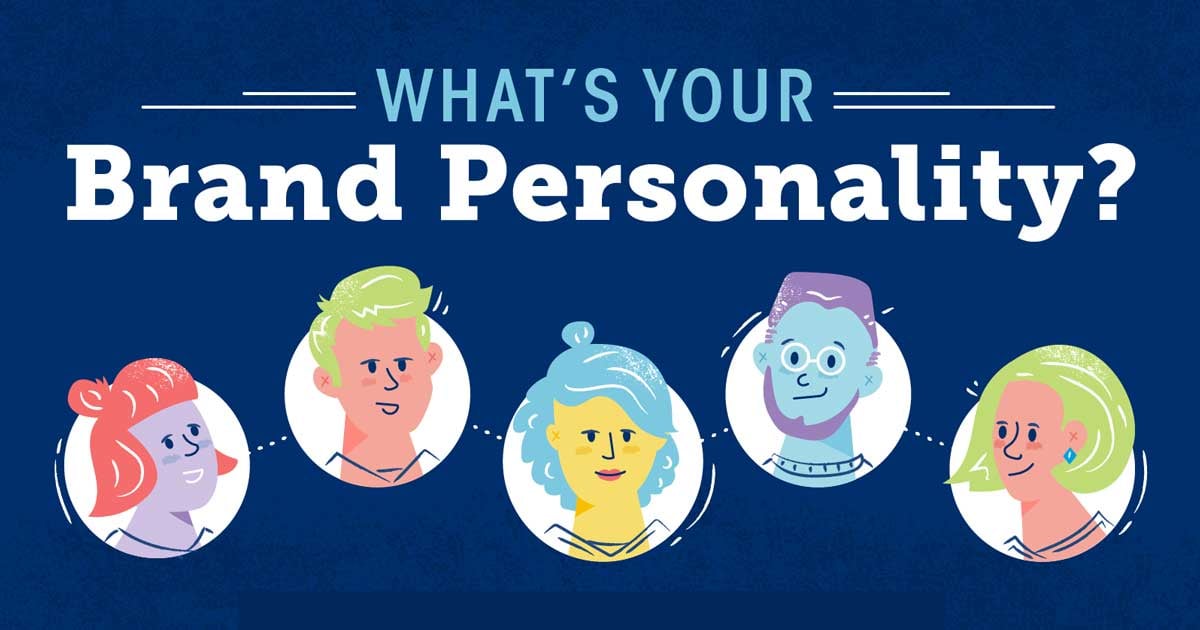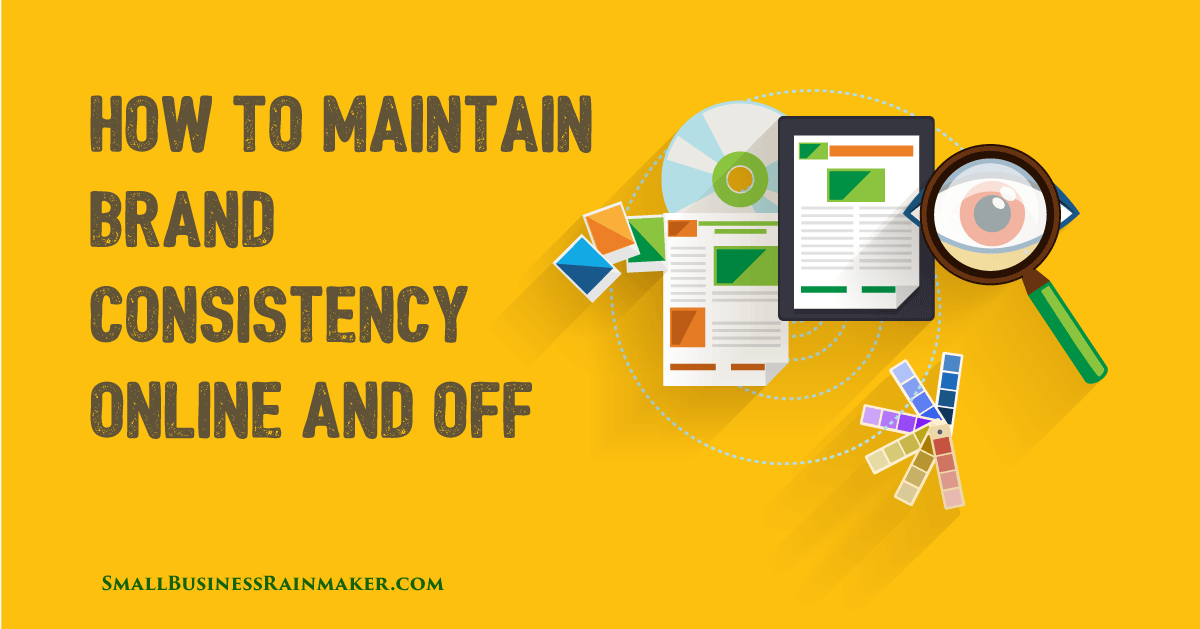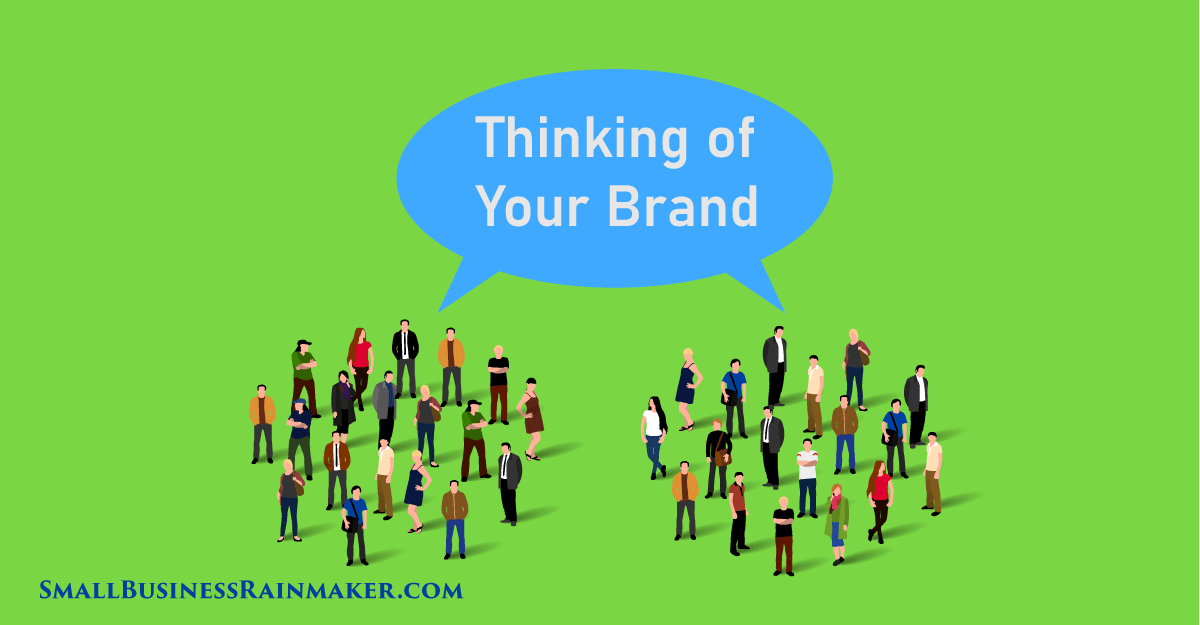
Branding is always at work in your business, from the day you get your first customer. Your brand identity is what clients think, feel, and say about you and your company when you’re not around.
Naturally your brand image evolves over the years based on these emotional connections with customers. Now it might seem that your brand is out of your control, but it’s not. That’s what brand positioning is all about.
What is a Brand Personality and How Can I Create One?
Think of your brand personality as you would a person. After all, your company’s interactions are all personal interactions, whether it’s you and the customers, or your staff and the customers. It’s always person-to-person at some point during the customer journey.
This applies equally to ecommerce business. At some point you’ll have to provide customer support—person to person.
Your brand personality is simply a set of human traits that can be attributed to your company. These human traits were first categorized by psychoanalyst Carl Jung into 12 basic archetypes.
He believed each of us has one archetype that dominates our personality. These are:
- Ruler
- Creator/Artist
- Sage
- Innocent
- Explorer
- Rebel
- Hero
- Wizard
- Jester
- Everyman
- Lover
- Caregiver
Of course we’re more complicated than that but it’s been proven that our personalities tend to fit a certain mold that guides how we interact with others. (I always seem to come up as a Wizard/Magician type.) The DISC profile test is a more modern example of this sort of personality profiling.
The same can be said of our businesses. Our companies reflect our personalities, beliefs, and mission.
Why Should I Create a Brand Personality?
People are more likely to trust and buy from a brand whose identity matches their own. Think about your favorite companies. It’s likely their brand identity is in alignment with your personality.
It’s hard to connect with others whose personalities don’t sync with our own.
Brand Personality Examples
If you’re having a hard time coming up with your own favorite brand personalities, these examples of brand personalities should give you an idea of where we’re headed.
Patagonia and The North Face are two companies who attract rugged, like-minded people to its sense of outdoor adventure and ecological activism.
Apple is sophisticated, high-tech, and even elegant in everything it does.
Disney is a magical, enchanting company who encourages its customers to join them in making dreams come true.
The examples above demonstrate ruggedness, (hero/rebel/explorer), sophistication (creator/artist) and magical excitement (wizard), in that order.
How to Find Your Brand Identity
During the startup phase of your small business, it naturally pays to focus on getting clients and growing revenues.
A good direct marketer always starts with good profiles of their ideal customers in the form of customer personas. You get their personalities on paper. You then craft your messages in the right media to attract the right people.
When you do a great job of this, the brand personality that flows from this effort will reflect the quality of client you manage to attract.
Nevertheless, by putting some effort into creating and molding our brand personality, we can push it in the direction we want to go, rather than be at the whim of our clients’ emotions.
A good branding strategy also helps us find our ideal customers and communicate with them better. In turn this makes us more effective at growing our business.
So how would you describe your brand? What words best describe how you interact with customers to solve their problems? You can survey your customers to get this kind of information.
If you have a hard time coming up with a description for your brand identity, use the flow chart below, “What’s Your Brand Personality?” from our colleagues at Valpak.
It guides you through questions and answers to find which one of five major brand personality archetypes are most closely aligned with you and your business.
In the end, you have to define your own brand identity, but this flowchart will point you in the right direction and certainly get you thinking! And it's kind of fun, so enjoy!
If you like the branding infographic, please use the social buttons above left to share with your friends and colleagues.











![The Oldest Companies in the World [Infographic]](https://www.smallbusinessrainmaker.com/hubfs/oldest-businesses-in-the-world-still-operating1200.jpg)




Leave a comment